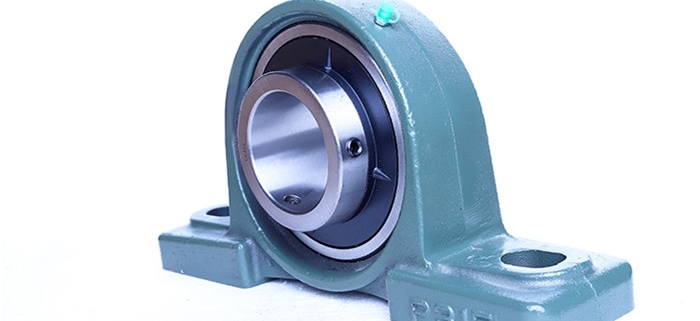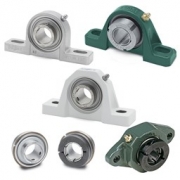China Pillow block bearing unit
Pillow block bearing unit is a bearing unit that combines a rolling bearing with a bearing housing. Most pillow block bearings are made of spherical outer diameter and are installed with pillow block which have spherical inner holes. They have various structural forms, good versatility and interchangeability.
At the same time, the pillow block bearing with the housing also has a certain degree of self-alignment in design, easy to install, and has a double structure sealing device, which can work in harsh environments. The bearing housing is generally formed by casting. Some special design is cast steel,Ductile iron, stainless steel, plastic housing, Commonly used pillow block bearing are
pillow block bearing unit UCP200,
Pillow block bearing units NAP200,
Pillow block bearing units UEP200,
Pillow block bearing units UKP200,
Pillow block bearing units UCPX,
Pillow block bearing units UCP300,
Pillow block bearing units UCPE200,
Pillow block bearing units UCAK200,
Pillow block bearing units SALP200,SBLP2,
Pillow block bearing units UCSB200
Pillow blocks can refer to a variety of bearing styles such as single row ball bearings, double row ball bearings, spherical roller bearings, taper roller bearings, etc. A unit is typically a reference for a 1-piece housing as opposed to a split housing. For simplicity, this article will focus on single row ball bearing units.
“A basic pillow block bearing unit is typically an insert bearing which is based on a sealed deep groove ball bearing and a one piece housing.” Joshua Goldman, Applications Engineer for SKF USA says. These units consist of:
*an insert bearing which is based on a sealed single row deep groove ball bearing in the 62 series with a spherical (convex) outside diameter surface and an extended inner ring:
*a one-piece housing made of several different material options which include but are not limited to cast iron, cast stainless steel, and composite. The housing has a correspondingly sphered but concave bore.






Leave a Reply
Want to join the discussion?Feel free to contribute!